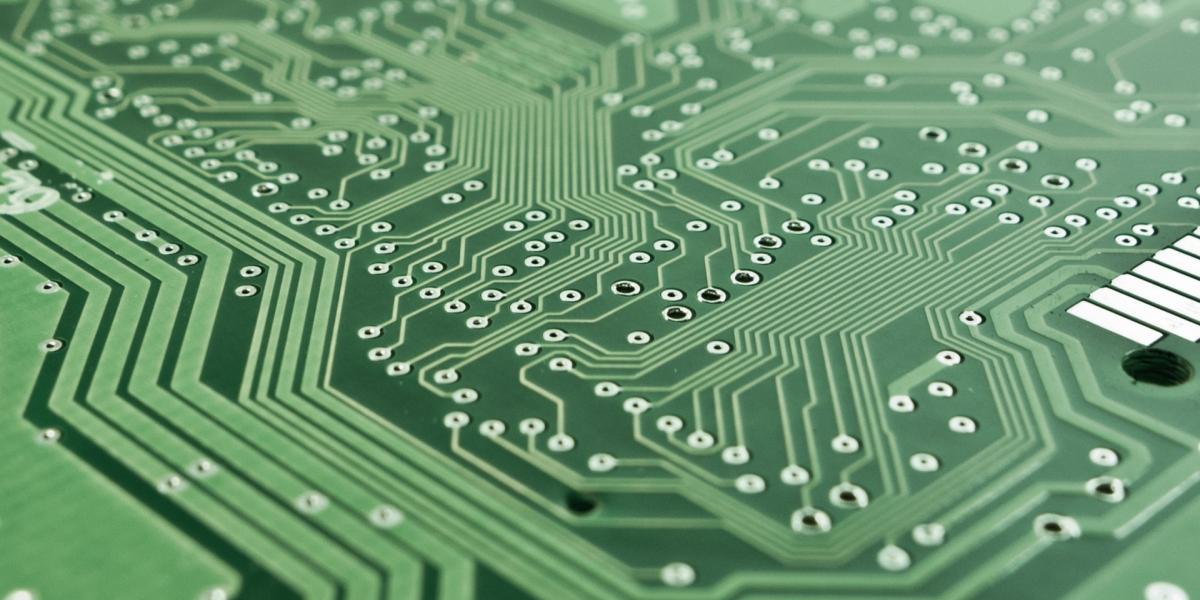Breadcrumb

In the 2020s, the Japanese government was taking major steps to revitalise its semiconductor industry. But this renewed investment came amidst a changing geopolitical landscape, marked by growing tensions between the US, Japan’s major security ally, and China, Japan’s largest economic partner. Alleging that China was using advanced US chips to modernise its military, the US implemented wide-sweeping export controls to prevent China from accessing advanced chips and the equipment needed to make them. The US wanted Japan to align with its export controls to make them more effective and, after nearly a year of talks, Japan introduced a limited set of export controls in 2023, though it did not name China as the target. China responded by circumventing restrictions and redoubling efforts to build domestic capacity.
Then, in late 2024, the US pressured Japan to tighten restrictions even further, including for some equipment and chemicals of which Japan was the leading producer. Japan worried about the potential impact on Japanese businesses, as well as retaliation from China, and had to weigh up the short-term and long-term consequences of tightening restrictions or resisting US pressure.
Coming soon
- Examine how governments manage the opportunities and vulnerabilities of economic interdependence
- Deepen understanding of economic security, including concepts such as weaponised interdependence and state-business relations
